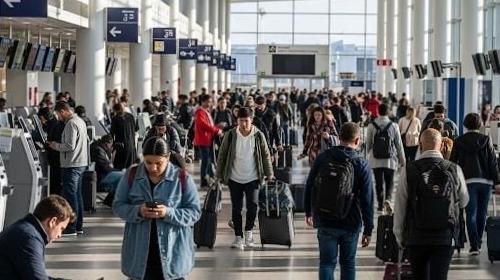Eight people have been killed and over 100 injured after massive demonstrations erupted across Nepal against Prime Minister KP Sharma Oli’s decision to block 26 social media platforms, including Facebook, YouTube, and X. The protests, which first broke out in Kathmandu, have quickly spread to other regions of the country. Authorities have now imposed curfews in several key areas such as Baneshwor, Singhadurbar, Narayanhiti, and other sensitive government zones.
Police responded with force, using rubber bullets and tear gas to disperse the crowds. At one point, a young protest leader urged demonstrators to withdraw, warning that “vested groups” had infiltrated the movement to incite violence. “We have already achieved victory today,” he told supporters.
As the unrest intensified, Prime Minister Oli called an emergency cabinet meeting, while the army was deployed in New Baneshwor following violent clashes.
Why the Protests Began
The demonstrations were sparked after the Nepali government announced a ban on several social media sites, including Facebook and Instagram, for failing to register with the Ministry of Communication and Information Technology. Authorities had given the platforms—Meta (Facebook, Instagram, WhatsApp), Alphabet (YouTube), X (formerly Twitter), Reddit, and LinkedIn—until September 4 to comply, but none had submitted the required applications.
The move follows a Supreme Court directive issued last year that required social media companies to appoint a local compliance officer, establish a point of contact, and provide a grievance-handling representative.
Currently, TikTok, Viber, Witk, Nimbuzz, and Popo Live remain operational in Nepal after completing registration, while Telegram and Global Diary’s applications are still under review.
What Protesters Are Saying
According to The Kathmandu Post, Nepal has around 13.5 million Facebook users and 3.6 million Instagram users, many of whom depend on these platforms for business. The sudden shutdown led to outrage, which soon expanded into broader anti-corruption protests.
“We came out because of the social media ban, but corruption is the bigger issue,” said 24-year-old student Yujan Rajbhandari. Another protester, 20-year-old Ikshama Tumrok, accused the government of showing an “authoritarian mindset.” She added: “We want change. Our generation cannot endure what the past ones did.”
In viral videos, demonstrators can be heard questioning, “When the children of leaders have secure futures, where is ours?”
Government’s Position
In a statement, the government insisted it remains committed to upholding free speech and creating conditions for “unrestricted and safe” use of digital platforms.
Previously, officials had also blocked Telegram, arguing it was being misused for online fraud and money laundering. TikTok was banned last year as well but allowed back in August after agreeing to comply with national regulations.

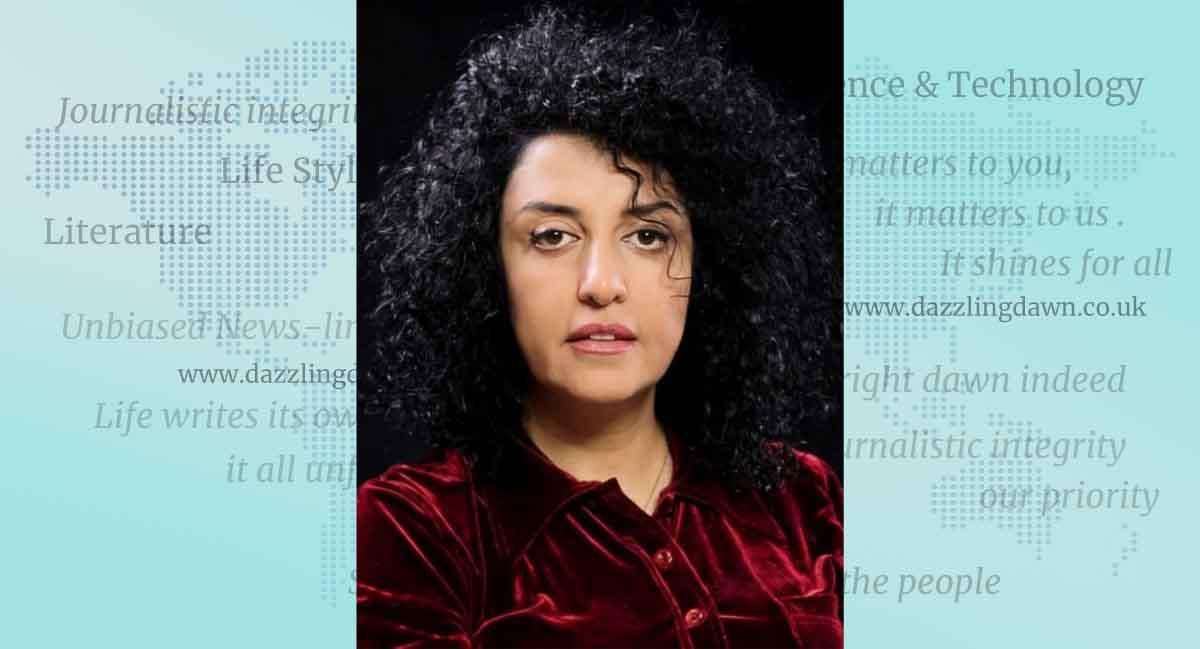
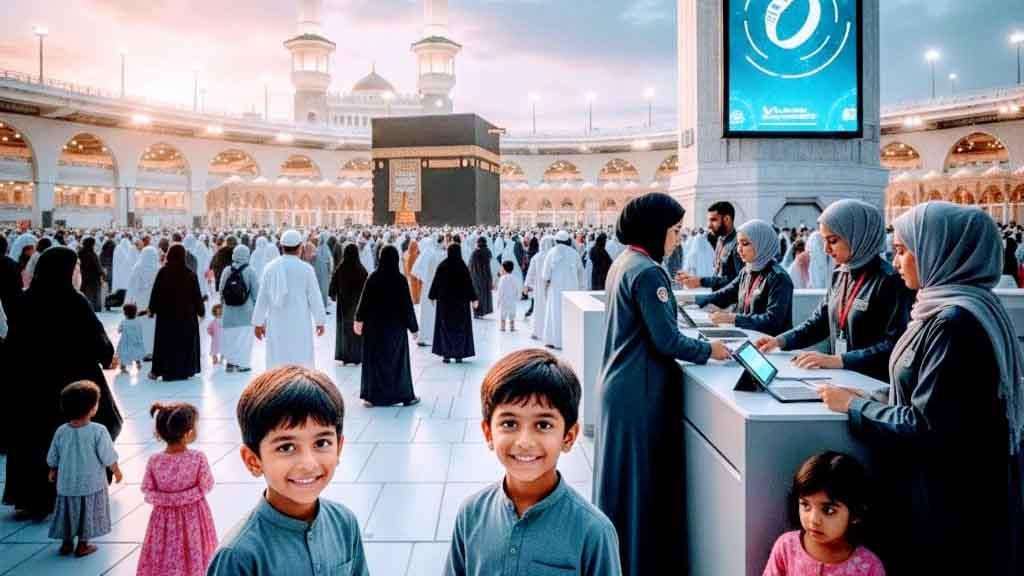
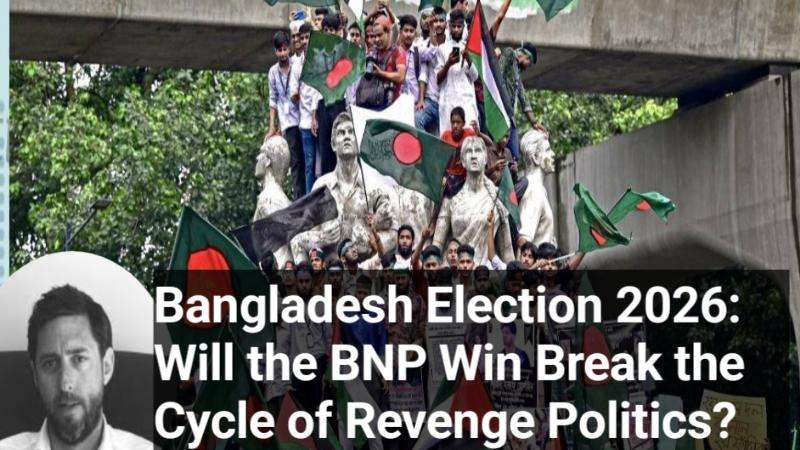
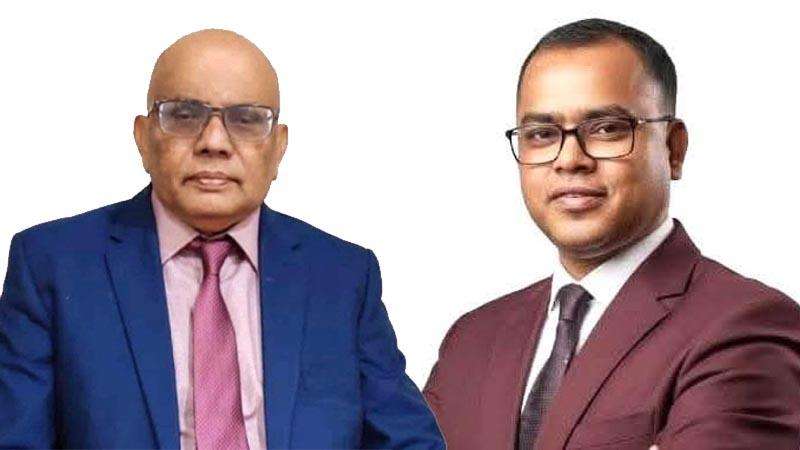


_5.jpg)
.svg)



